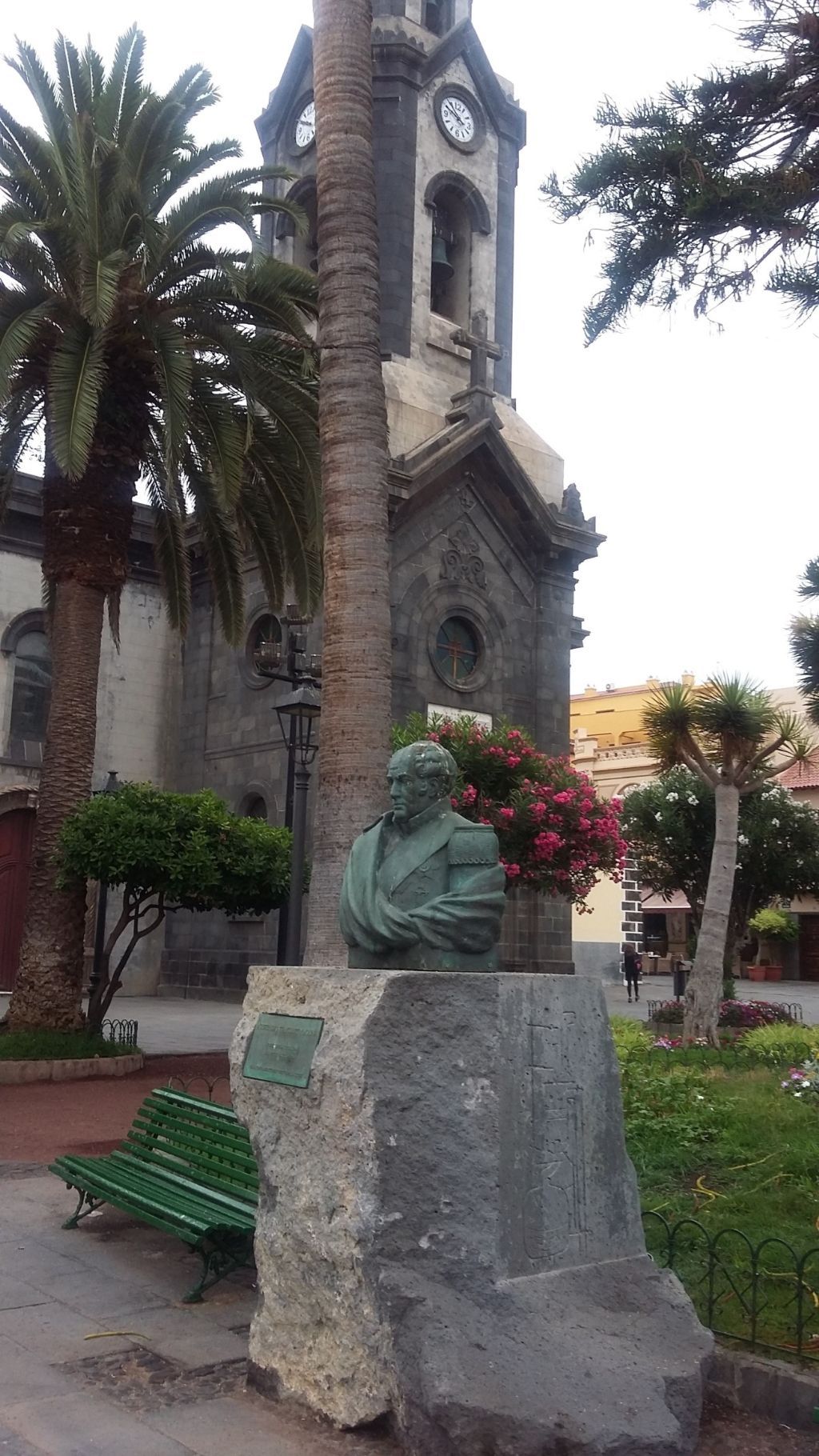During the time that I have lived in the Canary Islands, I have come to understand, appreciate and admire the contribution and influence that these small islands have made over many years; an influence that is far in excess of the size of this unique archipelago.
Anyone who has travelled across these islands and has driven through some of the older road tunnels, carefully crafted through the centre of some of the volcanic mountains, will appreciate the impressive engineering skills demonstrated by the talented workers of earlier generations.
I was reminded of this once again when it was reported that the authorities in St Petersburg, the second largest city in Russia, announced their decision to dedicate a bridge on the tributary of the Neva River in honour of the Canary Islands engineer, Agustín de Betancourt, who worked for Tsar Alexander I.
This bridge will be inaugurated on the eve of the opening of the World Cup later this year, which links the islands of Petroviski, Serni and Dekabristov through the Malaya Neva. The naming of this bridge after Agustín de Betancourt marks 260 years since the birth of this Tenerife engineer. This bridge will help to reduce the traffic congestion of St Petersburg, which has traffic jams as big as Moscow, and has a stadium that will host one of the World Cup semi-finals.
Agustín de Betancourt was born in 1758 in Puerto de la Cruz in Tenerife and his roots can be traced back to Jean de Béthencourt who began the colonisation of the Canary Islands in 1402, declaring himself as King of Tenerife in 1417.

Agustin’s father was a well-educated businessman with commercial interests in textile machinery, and his mother, Maria, was the first woman in Tenerife to publish a scientific article about dyes used in textiles. Agustin graduated in Madrid, and worked on canal buildings and mining, before travelling to Paris to study hydraulics and mechanics.
Betancourt had work published on engineering within the coal industry, but his main role was to discover new technologies that would benefit Spain. His work took him to England where he visited James Watt and Matthew Boulton, who were pioneers of the steam engine. Much of Betancourt’s work appears to be connected with intelligence gathering from engineers working in France, England and the Netherlands, which would probably be called commercial espionage nowadays.
His interests were wide and varied ranging from the optical telegraph, Spain’s first hot air balloon, harbour dredging, gun barrels, building a city jail, preservation of several ancient churches, building a cathedral and rebuilding a fairground, which gives a flavour of the interests and achievements of this dedicated engineer at work.
It was Betancourt who became the founder and director of the Institute of Communication Route Engineers, and, among other things, designed the first paper money printing machine in Tsarist Russia. He lived in Russia for 16 years and was also involved in construction projects in the Nizhny Novgorod main commercial precinct during the Nineteenth Century, and the modernisation of the Tula weapons factory.
During his life, he also created the School of Civil Engineers of Roads, Canals and Ports for Madrid and built the Double Effect Steam Machine.
Agustín de Betancourt died in 1824 in St Petersburg. Engineer, architect, builder and inventor, Agustin de Betancourt has a memorial in the form of a bust in the premises of the University of Railway Engineering and is buried in the cemetery of Alexandr Nevsky Monastery in St Petersburg. Once again, many will be surprised, as well as humbled, by the achievements of this son of the Canary Islands.
If you enjoyed this article, take a look at my websites: http://barriemahoney.com and http://thecanaryislander.com or read my latest book, ‘Living in Spain and the Canary Islands’ (ISBN: 9780995602724). Available in paperback, as well as Kindle editions.
Join me on Facebook: @barrie.mahoney
© Barrie Mahoney
On July 24, 2003, the Petersburg State Transport University unveiled a monument dedicated to “Avgustin Avgustinovich Betancourt” in front of the main administrative building of the University.





